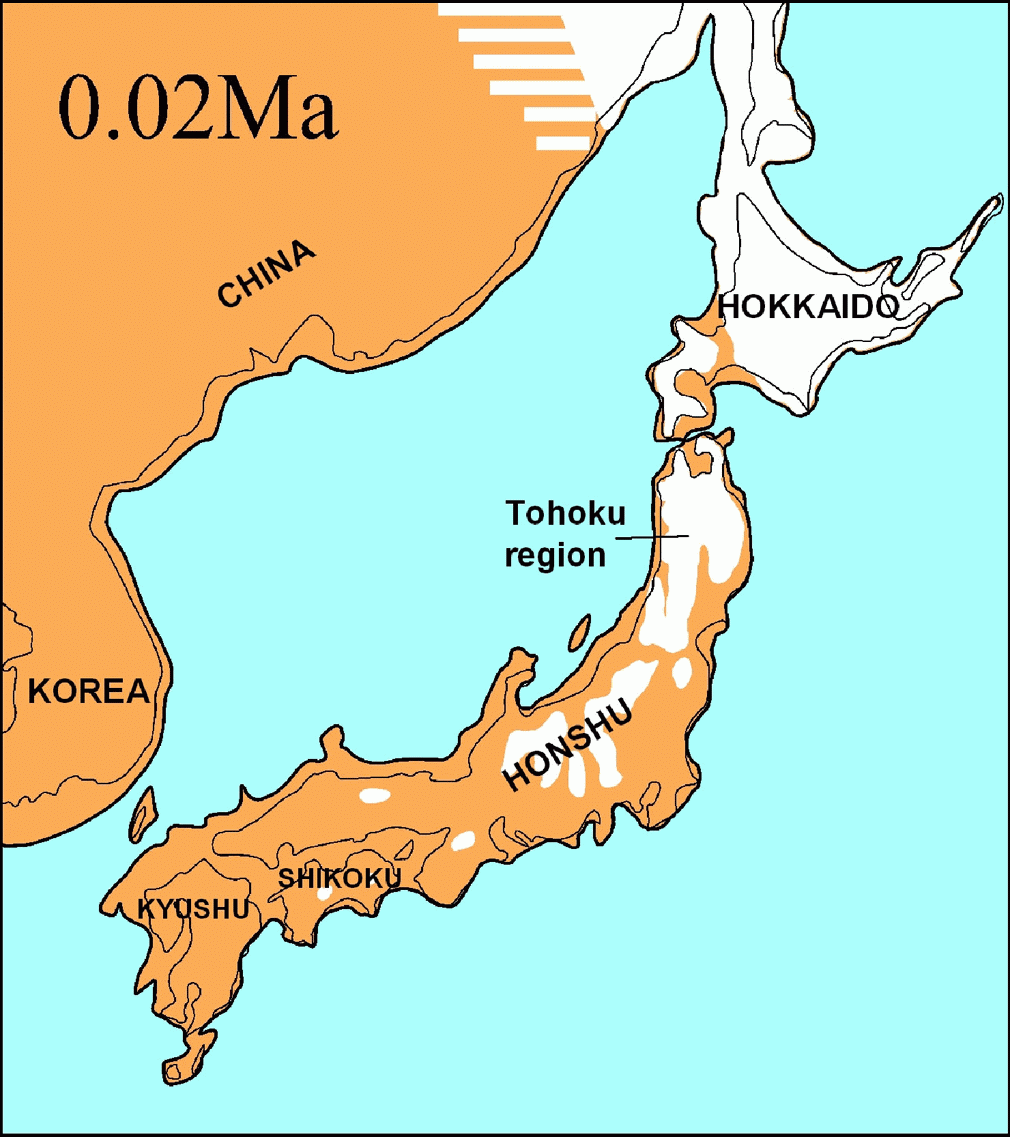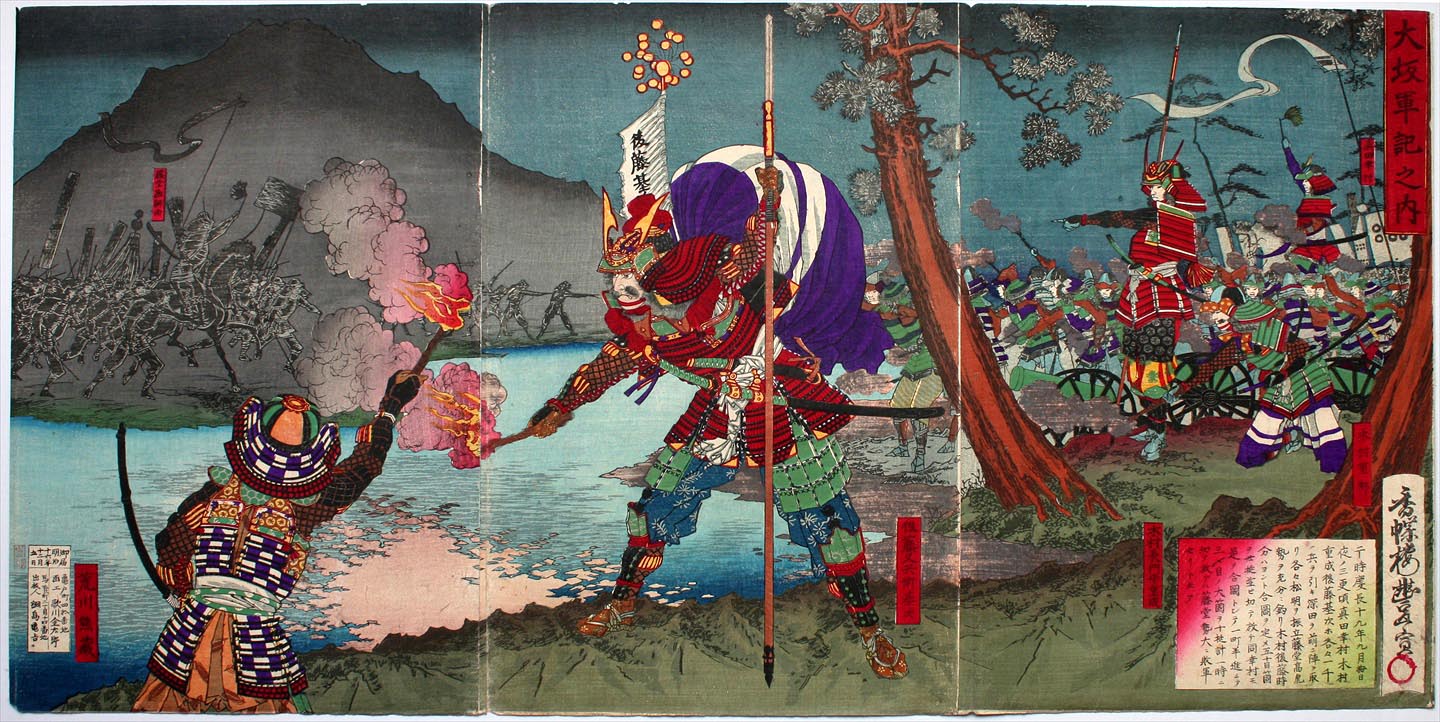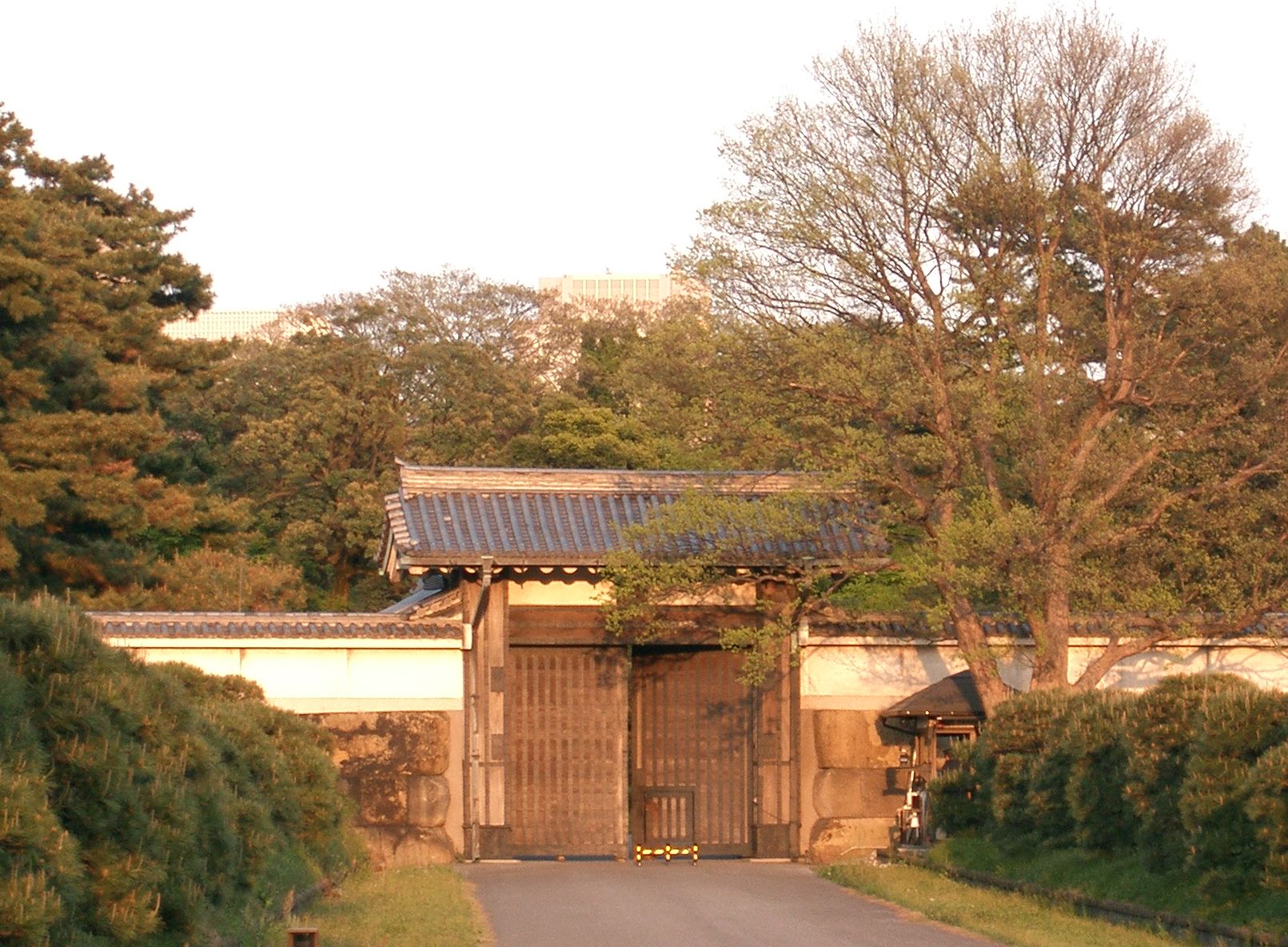|
Hattori Masanari
was the third Hattori Hanzō and a retainer under the Tokugawa clan during the late Sengoku period of Japanese history. He was the eldest son of the famous Hattori Hanzō. Masanari began to fight alongside his father by the mid 1590s, succeeding him in 1596 at age 31. Following the Battle of Sekigahara of 1600, Masanari was enlisted by Tokugawa Ieyasu as captain of the Edo Castle guards. The band of Iga placed under his command, however, rebelled in response to Masanari's treatment causing him to be utterly humiliated in the face of the Tokugawa. While tracking two members who had fled, he killed a man in what turned out to be a case of mistaken identity and was relieved of his position. In order to repair the Hattori name and his reputation, Masanari valiantly fought during the Siege of Osaka in 1614-1615 as head of 60 Iga ninja. He was cut down in the process of the second siege of Osaka A siege () . is a military blockade of a city, or fortress, with the intent of co ... [...More Info...] [...Related Items...] OR: [Wikipedia] [Google] [Baidu] |
Iga Province
was a Provinces of Japan, province of Japan located in what is today part of western Mie Prefecture.Louis-Frédéric, Nussbaum, Louis-Frédéric. (2005). "Iga" in . Its abbreviated name was . Iga is classified as one of the provinces of the Tōkaidō (region), Tōkaidō. Under the ''Engishiki'' classification system, Iga was ranked as an "inferior country" ( ''gekoku'') and a "near country" ( ''kingoku''). Iga was bordered by Ise Province, Ise to the east and south, Ōmi Province, Ōmi to the north, Yamato Province, Yamato to the west and south, and Yamashiro Province to the northwest. It roughly coincides with the modern municipalities of Iga, Mie, Iga and Nabari, Mie, Nabari in Mie Prefecture as well as Yagyu in Nara Prefecture. Surrounded by mountains, historically, Iga Province was rather inaccessible due to extremely poor road conditions. However, the area is now relatively easy to access from nearby Nara, Nara, Nara and Kyoto, as well as the larger cities of Osaka and Na ... [...More Info...] [...Related Items...] OR: [Wikipedia] [Google] [Baidu] |
Japanese History
The first human inhabitants of the Japanese archipelago have been traced to the Paleolithic, around 38–39,000 years ago. The Jōmon period, named after its cord-marked pottery, was followed by the Yayoi period in the first millennium BC when new inventions were introduced from Asia. During this period, the first known written reference to Japan was recorded in the Chinese ''Book of Han'' in the first century AD. Around the 3rd century BC, the Yayoi people from the continent immigrated to the Japanese archipelago and introduced iron technology and agricultural civilization. Because they had an agricultural civilization, the population of the Yayoi began to grow rapidly and ultimately overwhelmed the Jōmon people, natives of the Japanese archipelago who were hunter-gatherers. Between the fourth and ninth centuries, Japan's many kingdoms and tribes gradually came to be unified under a centralized government, nominally controlled by the Emperor of Japan. The imperial dynasty es ... [...More Info...] [...Related Items...] OR: [Wikipedia] [Google] [Baidu] |
1615 Deaths
Events January–March * January 1 – The New Netherland Company is granted a three-year monopoly in North American trade, between the 40th and 45th parallels. * January 30 – Japan's diplomatic mission to Europe, led by Hasekura Tsunenaga, meets with King Philip III of Spain at Madrid and presents an offer of a treaty. * February 2 – Sir Thomas Roe sets out to become the first ambassador from the court of the King of England to the Mughal Emperor Jahangir, departing from Tilbury Hope on the ship ''Lyon'' under the command of captain Christopher Newport. * February 17 – Japan's envoy to Europe, Hasekura Tsunenaga, receives a Christian baptism by the royal chaplain, Diego de Guzmán, and receives the European name Felipe Francisco Hasekura. * March 10 – John Ogilvie, a Jesuit priest, is hanged and drawn at Glasgow Cross in Scotland for refusing to pledge allegiance to King James VI of Scotland; he will be canonised in 1976, becoming ... [...More Info...] [...Related Items...] OR: [Wikipedia] [Google] [Baidu] |
1565 Births
Year 1565 ( MDLXV) was a common year starting on Monday of the Julian calendar. Events January–March * January 3 – In the Tsardom of Russia, Ivan the Terrible originates the oprichnina (repression of the boyars (aristocrats)). * January 23 – Battle of Talikota: The Vijayanagara Empire, the last Hindu kingdom in South India, is greatly weakened by the Deccan sultanates. * February 13 – Spanish Conquistador Miguel López de Legazpi lands with his troops on the shores of Cebu Island in the Philippines. * March 1 – The city of Rio de Janeiro, Brazil, is founded as ''São Sebastião do Rio de Janeiro'' by Estácio de Sá. * March 16 – Spanish Conquistador López de Legazpi makes a blood compact (''sandugan'') with Datu Sikatuna in the island of Bohol, Philippines. April–June * April 27 – Cebu City is established as San Miguel by López de Legazpi, becoming the first Spanish settlement in the Philippines. * May 2 – Huntin ... [...More Info...] [...Related Items...] OR: [Wikipedia] [Google] [Baidu] |
Samurai
The samurai () were members of the warrior class in Japan. They were originally provincial warriors who came from wealthy landowning families who could afford to train their men to be mounted archers. In the 8th century AD, the imperial court downsized the national army and delegated the security of the countryside to these privately trained warriors. Eventually the samurai clans grew so powerful that they became the ''de facto'' rulers of the country. In the aftermath of the Gempei War (1180-1185), Japan formally passed into military rule with the founding of the first shogunate. The status of samurai became heredity by the mid-eleventh century. By the start of the Edo period, the shogun had disbanded the warrior-monk orders and peasant conscript system, leaving the samurai as the only men in the country permitted to carry weapons at all times. Because the Edo period was a time of peace, many samurai neglected their warrior training and focused on peacetime activities such as a ... [...More Info...] [...Related Items...] OR: [Wikipedia] [Google] [Baidu] |
Siege Of Osaka
A siege () . is a military blockade of a city, or fortress, with the intent of conquering by attrition, or by well-prepared assault. Siege warfare (also called siegecrafts or poliorcetics) is a form of constant, low-intensity conflict characterized by one party holding a strong, static, defensive position. Consequently, an opportunity for negotiation between combatants is common, as proximity and fluctuating advantage can encourage diplomacy. A siege occurs when an attacker encounters a city or fortress that cannot be easily taken by a quick assault, and which refuses to surrender. Sieges involve surrounding the target to block provision of supplies and reinforcement or escape of troops (a tactic known as "investment"). This is typically coupled with attempts to reduce the fortifications by means of siege engines, artillery bombardment, mining (also known as sapping), or the use of deception or treachery to bypass defenses. Failing a military outcome, sieges can often be de ... [...More Info...] [...Related Items...] OR: [Wikipedia] [Google] [Baidu] |
Edo Castle
is a flatland castle that was built in 1457 by Ōta Dōkan in Edo, Toshima District, Musashi Province. In modern times it is part of the Tokyo Imperial Palace in Chiyoda, Tokyo, and is therefore also known as . Tokugawa Ieyasu established the Tokugawa shogunate there, and it was the residence of the ''shōgun'' and the headquarters of the military government during the Edo period (1603–1867) in Japanese history. After the resignation of the ''shōgun'' and the Meiji Restoration, it became the Tokyo Imperial Palace. Some moats, walls and ramparts of the castle survive to this day. However, the grounds were more extensive during the Edo period, with Tokyo Station and the Marunouchi section of the city lying within the outermost moat. It also encompassed Kitanomaru Park, the Nippon Budokan Hall and other current landmarks of the surrounding area. History The warrior Edo Shigetsugu built his residence in what is now the ''Honmaru'' and ''Ninomaru'' part of Edo Castle, a ... [...More Info...] [...Related Items...] OR: [Wikipedia] [Google] [Baidu] |
Battle Of Sekigahara
The Battle of Sekigahara (Shinjitai: ; Kyūjitai: , Hepburn romanization: ''Sekigahara no Tatakai'') was an important battle in Japan which occurred on October 21, 1600 (Keichō 5, 15th day of the 9th month) in what is now Gifu Prefecture, Japan, at the end of the Sengoku period. This battle was fought by the forces of Tokugawa Ieyasu against a coalition loyal to the Toyotomi clan, led by Ishida Mitsunari on behalf of the young child Toyotomi Hideyori, from which several commanders defected before or during the battle, leading to a Tokugawa victory. The Battle of Sekigahara was the largest battle of Japanese feudal history and is often regarded as the most important. Mitsunari's defeat in the battle of Sekigahara is generally considered to be the beginning point of the Tokugawa shogunate, which ruled Japan for another two and a half centuries until 1868. Background The final years of Toyotomi Hideyoshi's reign were turbulent. At the time of Hideyoshi's death, his heir, Toy ... [...More Info...] [...Related Items...] OR: [Wikipedia] [Google] [Baidu] |
Hattori Hanzō
or ''Second Hanzō'', nicknamed , was a famous samurai of the Sengoku era, who served the Tokugawa clan as a general, credited with saving the life of Tokugawa Ieyasu and then helping him to become the ruler of united Japan. He is often a subject of various portrayals in modern popular culture. Hanzō was known as an expert tactician and a master of sword fighting, and was included in cultural sobriquet as one of Tokugawa's 16 divine generals (''Tokugawa jūrokushinshō''). He became known as the ''Second Hanzō''. He would later earn the nickname because of the fearless tactics he displayed in his operations; this moniker also distinguished him from Watanabe Hanzō ( Watanabe Moritsuna), who is nicknamed . Biography Hattori Hanzō was born the son of , the ''First Hanzō'', a minor samurai in the service of the Matsudaira (later Tokugawa) clan. Stephen Turnbull, ''Ninja AD 1460–1650'' (2003), p. 12Joel Levy, ''Ninja: The Shadow Warrior'' (2008), pp. 157–158 Hi ... [...More Info...] [...Related Items...] OR: [Wikipedia] [Google] [Baidu] |
Sengoku Period
The was the period in History of Japan, Japanese history in which civil wars and social upheavals took place almost continuously in the 15th and 16th centuries. The Kyōtoku incident (1454), Ōnin War (1467), or (1493) are generally chosen as the period's start date, but there are many competing historiographies for its end date, ranging from 1568, the date of Oda Nobunaga#Ise campaign, Omi campaign, and march to Kyoto, Oda Nobunaga's march on Kyoto, to the suppression of the Shimabara Rebellion in 1638, deep into what was traditionally considered the Edo period. Regardless of the dates chosen, the Sengoku period overlaps substantially with the Muromachi period (1336–1573). This period was characterized by the overthrow of a superior power by a subordinate one. The Ashikaga shogunate, the ''de facto'' central government, declined and the , a local power, seized wider political influence. The people rebelled against the feudal lords in revolts known as . The period saw a break ... [...More Info...] [...Related Items...] OR: [Wikipedia] [Google] [Baidu] |
Ninja
A , or was a spy and infiltrator in pre-modern Japan. The functions of a ninja included siege and infiltration, ambush, reconnaissance, espionage, deception, and later bodyguarding.Kawakami, pp. 21–22 Antecedents may have existed as early as the 12th century. There is little evidence that they were assassins. In the unrest of the Sengoku period, '' jizamurai'' families, that is, elite peasant-warriors, in Iga Province and the adjacent Kōka District formed ''ikki'' – "revolts" or "leagues" – as a means of self-defense. They became known for their military activities in the nearby regions and sold their services as mercenaries and spies. It is from these areas that much of the knowledge regarding the ninja is drawn. Following the Tokugawa shogunate in the 17th century, the ninja faded into obscurity. A number of ''shinobi'' manuals, often based on Chinese military philosophy, were written in the 17th and 18th centuries, most notably the '' Bansenshūkai'' (1676).; b ... [...More Info...] [...Related Items...] OR: [Wikipedia] [Google] [Baidu] |








